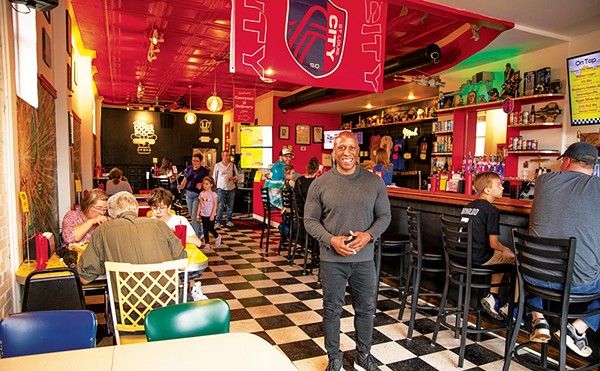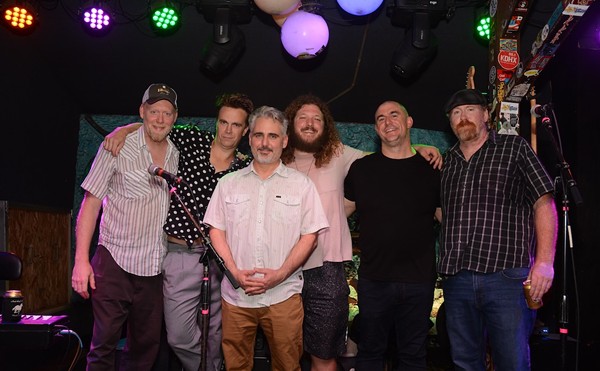This is the situation confronting Béla Fleck, who, despite playing a widely disparaged instrument, is enjoying a thriving career and the support of a diverse fan base. The 44-year-old musician developed his chops playing bluegrass, first earning public attention in the '80s for work as a member of the New Grass Revival and for a series of solo albums. In 1989 he formed the Flecktones, with Howard Levy on piano and harmonica, Victor Wooten on bass and his brother Roy "Future Man" Wooten on the drumitar, an electronic drum set shaped like a guitar. Drawing from jazz, bluegrass, funk, pop and assorted world-music traditions, the Flecktones created a unique sound that found a substantial audience after the release of their first album in 1990. Fleck's virtuosity was the key: He took the banjo beyond the stereotypical arpeggiated flat-picking style to spin out long, harmonically dense lines and chord voicings reminiscent of a jazz guitarist.
After a dozen albums and years of constant touring, the Flecktones have undergone only one significant personnel change, with saxophonist Jeff Coffin replacing Levy a few years back. And in a time when popular music is becoming increasingly homogenized, the Flecktones' singular sound can still bring together a packed house full of jam-band fans, bluegrass aficionados, jazz devotees and assorted music buffs and get them in the same groove for an hour or two. Even unrepentant banjophobes must admit, that's an impressive achievement.





